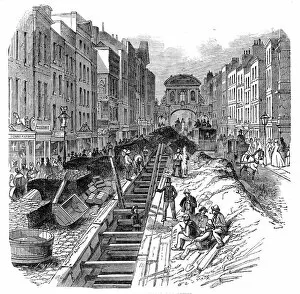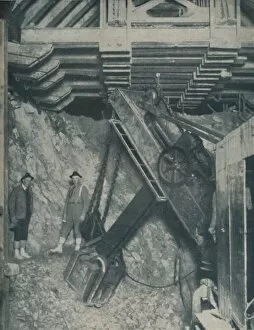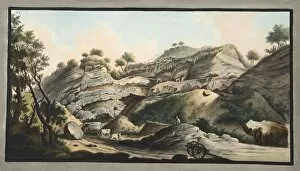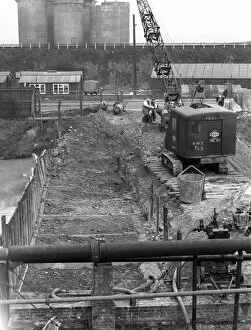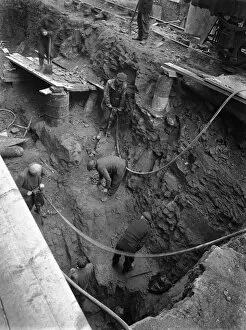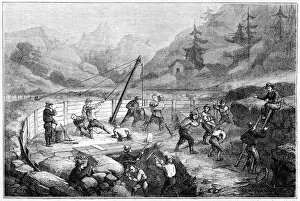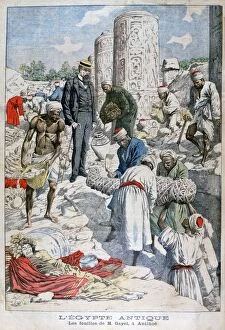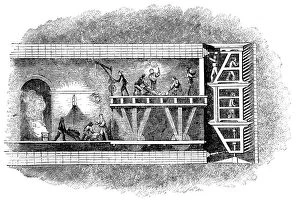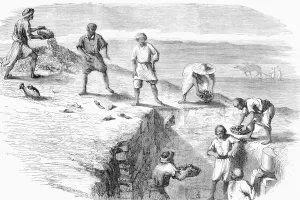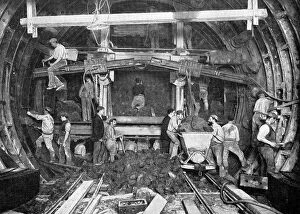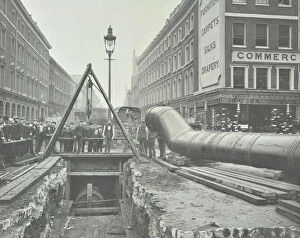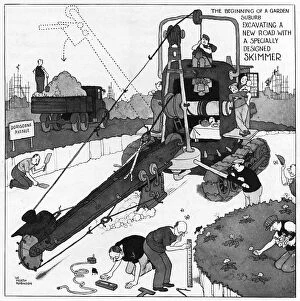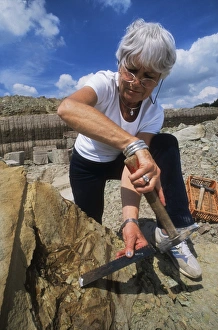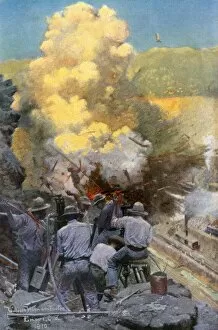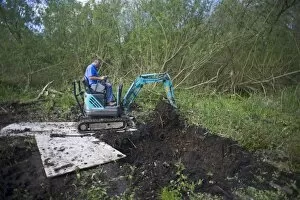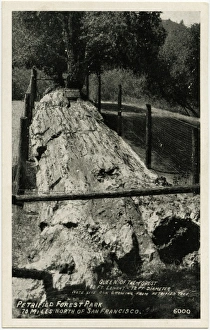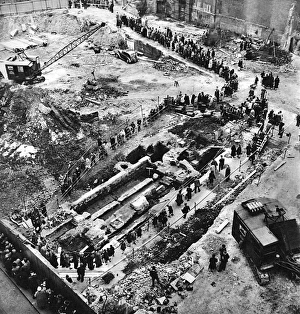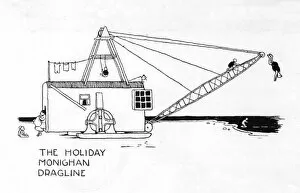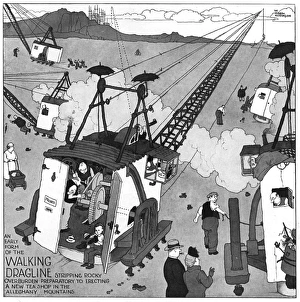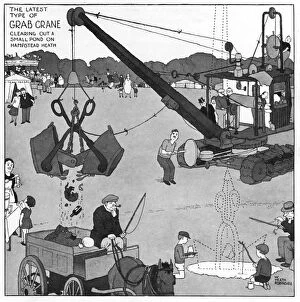Excavating Collection (page 3)
Excavating, a timeless art of unearthing history and shaping the world we know today
All Professionally Made to Order for Quick Shipping
Excavating, a timeless art of unearthing history and shaping the world we know today. From the Sutton Hoo treasure, revealing ancient Anglo-Saxon wonders, to the Tring cutting that paved the way for the London & Birmingham Railway in 1837. The brush strokes of John Cooke Bourne's masterpiece capture this monumental achievement. In the depths of Cornwall's tin mining industry during the 19th century, courageous souls delved into darkness to extract precious minerals from Mother Earth herself. Sinanthropus emerged as an enigmatic figure, perhaps representing humanity at its most primitive state. Verulamium Excavations brought Roman secrets back to life while Henry III granted licenses to dig coal, fueling industrial revolutions that transformed nations. Burrowing under the River Thames with Rotherhithe Road Tunnel showcased mankind's determination to conquer natural barriers. Olive Mount Cutting on Liverpool and Manchester Railway marked progress in transportation infrastructure; it symbolized human ingenuity triumphing over geographical challenges. The specially designed skimmer exemplified "The Gentle Art of Excavating, " delicately removing topsoil layer by layer like an archaeologist uncovering hidden treasures. Even beneath bustling cities like London, underground tunnels were excavated for efficient transportation systems such as the iconic London Underground. And let us not forget about one of humanity's greatest feats - constructing the Suez Canal in 1869 - connecting continents and reshaping global trade forever. Excavating is more than just digging; it is a testament to our insatiable curiosity and relentless pursuit of knowledge. It unearths forgotten stories etched within layers of soil and rock, allowing us glimpses into our past while shaping our future. So let us continue this noble craft with reverence and awe for what lies beneath our feet – a rich tapestry waiting patiently to be discovered by those willing to delve into its mysteries.

